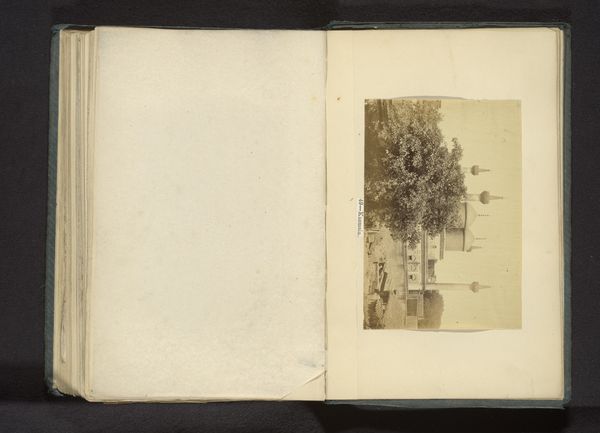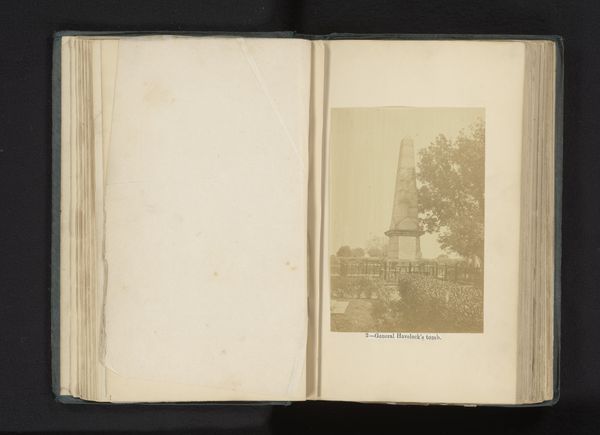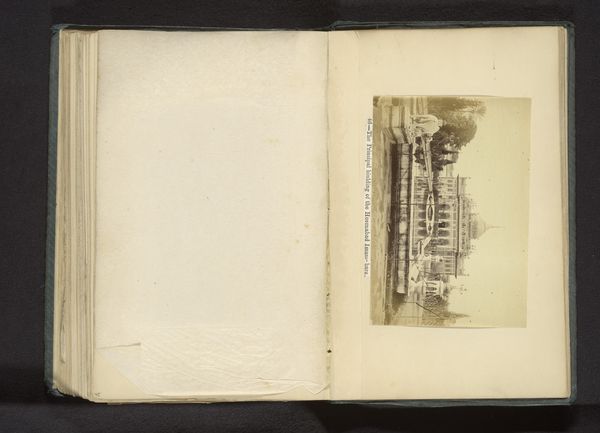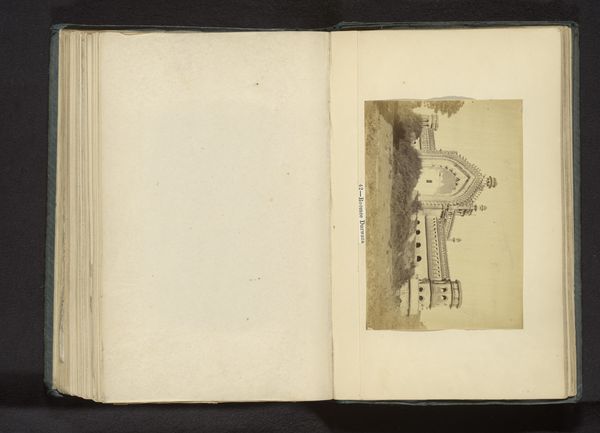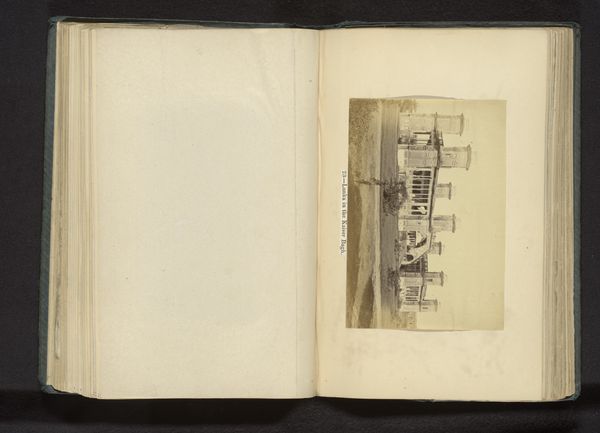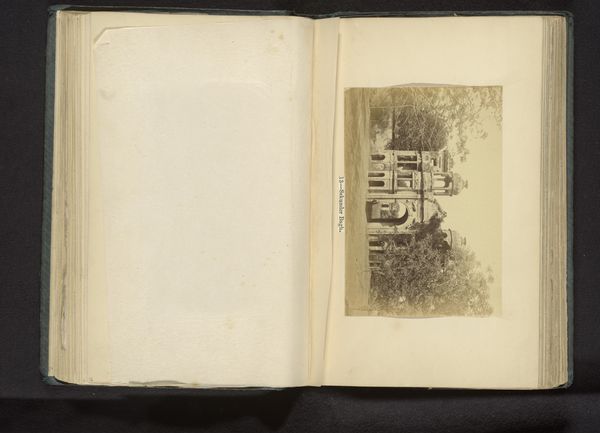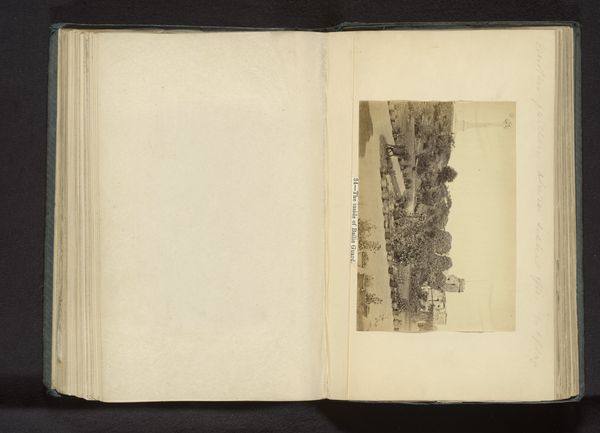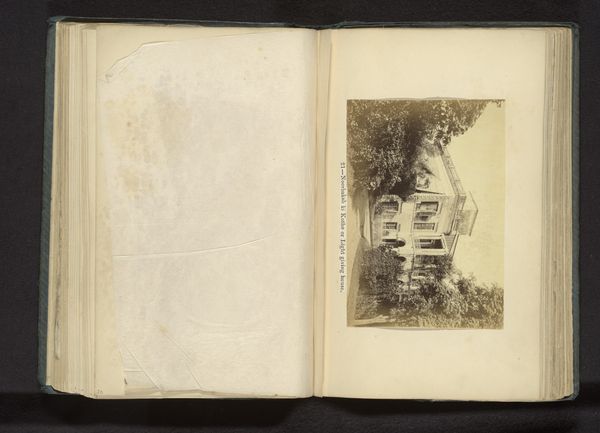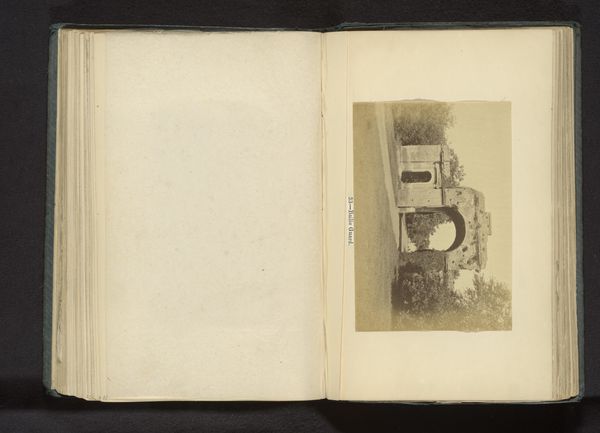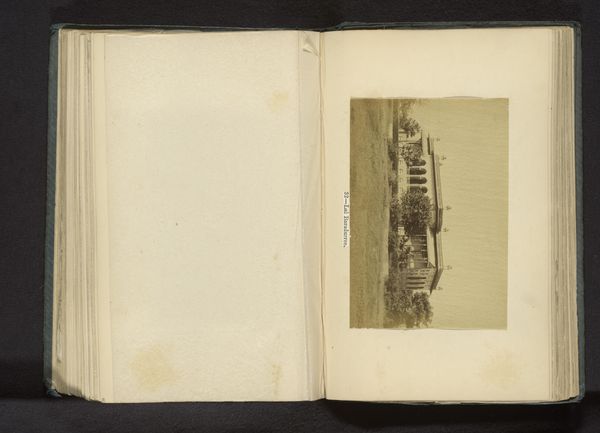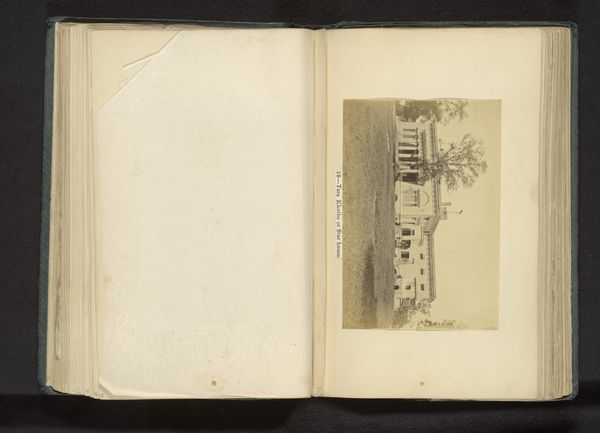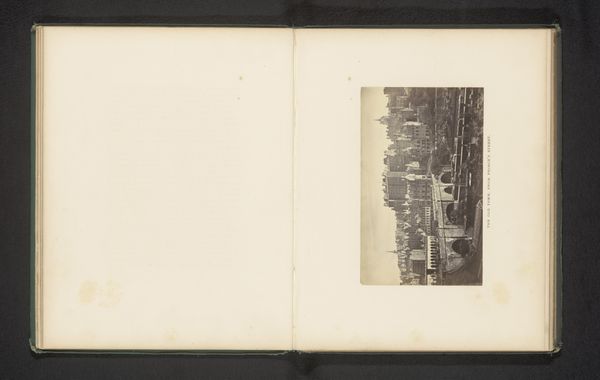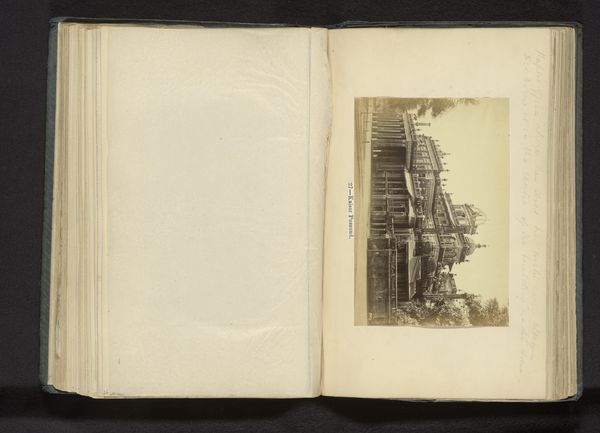
print, photography, albumen-print
# print
#
photography
#
orientalism
#
cityscape
#
islamic-art
#
albumen-print
Dimensions: height 106 mm, width 152 mm
Copyright: Rijks Museum: Open Domain
Editor: So, this is "Gezicht op de Bara Imambara in Lucknow" by Darogha Ubbas Alli, an albumen print from before 1874. The image feels so...staged. The way the building is centered, and the tonality of the albumen print… what stands out to you when you look at this? Curator: What intrigues me is the albumen print itself. This process involved coating paper with egg whites, making it exceptionally smooth and receptive to capturing detail from the negative. We need to think about the labor involved here. Each print required careful preparation, skillful execution, and specific material acquisition in the late 19th century, and why it was considered worth that labour. What value did people place on images of Lucknow? Editor: So, it's not just the image itself, but the sheer effort and the cost of production that gives it significance? Like, someone had to really want this photograph to exist to go through all that trouble. Curator: Exactly! Consider the social context: Photography like this served the interests of colonial documentation, orientalism, and the exoticized representation of Indian architecture and life. These images fed into a specific narrative of empire. Editor: I guess I hadn't thought about it that way, as a carefully manufactured product tied to a larger system. So, by looking at the albumen print, you’re really examining how the West consumed these images and controlled their production in India? Curator: Precisely. What seems to be a record of place, becomes evidence of power. The materiality speaks volumes, wouldn't you agree? Editor: Definitely. Thinking about the actual process and who benefited from it really changes my perspective. Thanks!
Comments
No comments
Be the first to comment and join the conversation on the ultimate creative platform.
